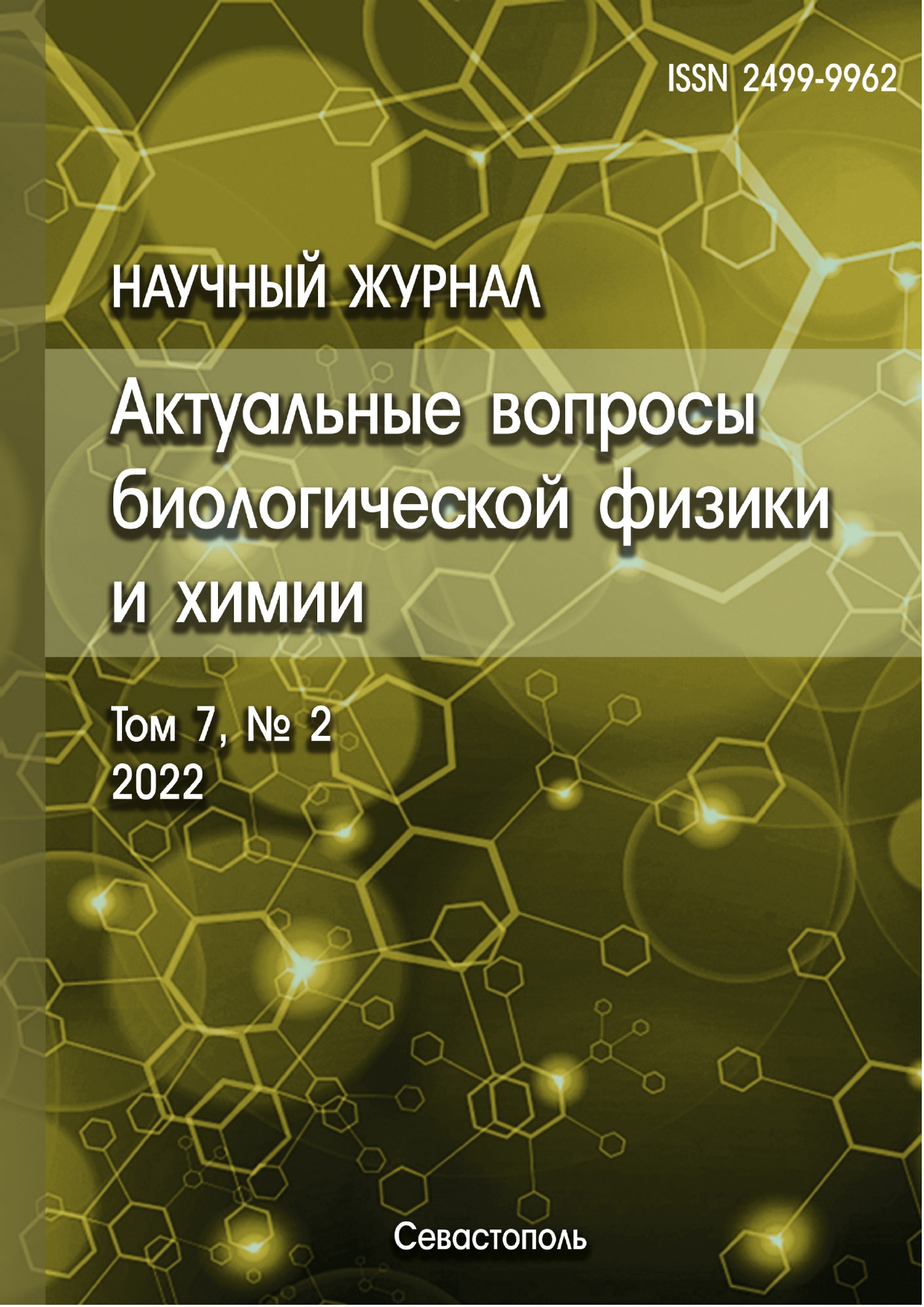Fryazino, Moscow, Russian Federation
Fryazino, Moscow, Russian Federation
Pirogov Russian National Research Medical University
Kotelnikov Institute of Radioengineering and Electronics of RAS (Fryazino branch)
Moscow, Moscow, Russian Federation
Kotelnikov Institute of Radioengineering and Electronics of RAS (Fryazino branch)
Moscow, Moscow, Russian Federation
Based on the use of a new design of a capillary wave generator, a method is proposed for studying the human surfactant system for diagnosing patients suffering from pulmonary diseases, including after infection with COVID-19. The study of the surfactant system of the lungs (SSL) in a healthy organism and in pathology is one of the important tasks of modern pulmonology. The proposed method for monitoring human exhaled air condensate consists in applying a condensate sample to the surface of an aqueous solution, on which capillary waves are created due to the phenomenon of electrostriction, the change in the amplitude and phase of which makes it possible to determine the surface tension of the liquid and the parameters of the surfactant layer. To this end, we have developed a design and received a patent for the invention of a liquid parameter meter containing a liquid cuvette, a generator associated with a system for creating capillary waves on the liquid surface and a system for recording the characteristics of liquid vibrations. Improving the technology of the CCL control process is aimed at solving the problems of reducing the time of measuring the CCL and reducing the cost of the method.
capillary wave generation method, surface properties of lipid monolayers, pulmonary surfactant, surface tension at the interface between two media, surfactants, wavelength and attenuation of surface waves
1. Parra E., Perez-Gil J. Composition, structure and mechanical properties define performance of pulmonary surfactant membranes and films. Chem Phys Lipids., 2015, vol. 185, pp. 153-175, doi:https://doi.org/10.1016/j.chemphyslip.2014.09.002. EDN: https://elibrary.ru/UVBHLT
2. Lewis J.E., Brackenbury A. Role of exogenous surgactant in actue lung injury. Crit. Care Med., 2003, suppl. 4, pp. 324-328.
3. Lvov D.K., Kolobukhina L.V., Deryabin P.G. Coronavirus infection. Severe acute respiratory syndrome. Infectious diseases: news, opinions, training, 2015, no. 3, pp. 35-42. (In Russ.) EDN: https://elibrary.ru/VFKHRJ
4. Junqiang L. et al. CT Imaging of the 2019 Novel Coronavirus (2019-nCoV) Pneumonia. Radiology, 2020, vol. 295, no. 1, p. 18, doi:https://doi.org/10.1148/radiol.2020200236.
5. Rozenberg O.A. Pulmonary surfactant preparations and surfactant therapy for ARDS in surgical intensive care (literature review). Creative surgery and oncology, 2019, vol. 9, no. 1, doi:https://doi.org/10.24060/2076-3093-2019-9-1-50-65. (In Russ.) EDN: https://elibrary.ru/WDBWDA
6. Pilipchuk N.S. et al. A method for studying the state of surfactant in pulmonary tuberculosis. 1413528 SU. (In Russ.)
7. Mizev A.I. et al. Method for assessing the state of pulmonary surfactant. 2500347 RU. 2013. (In Russ.)
8. Kazarinov K.D., Polnikov I.G. Patent for invention no. 2735315. Meter of liquid surface parameters. State date registration in the State Register of Inventions of the Russian Federation October 29, 2020. Invention priority March 03, 2020. (In Russ.)










